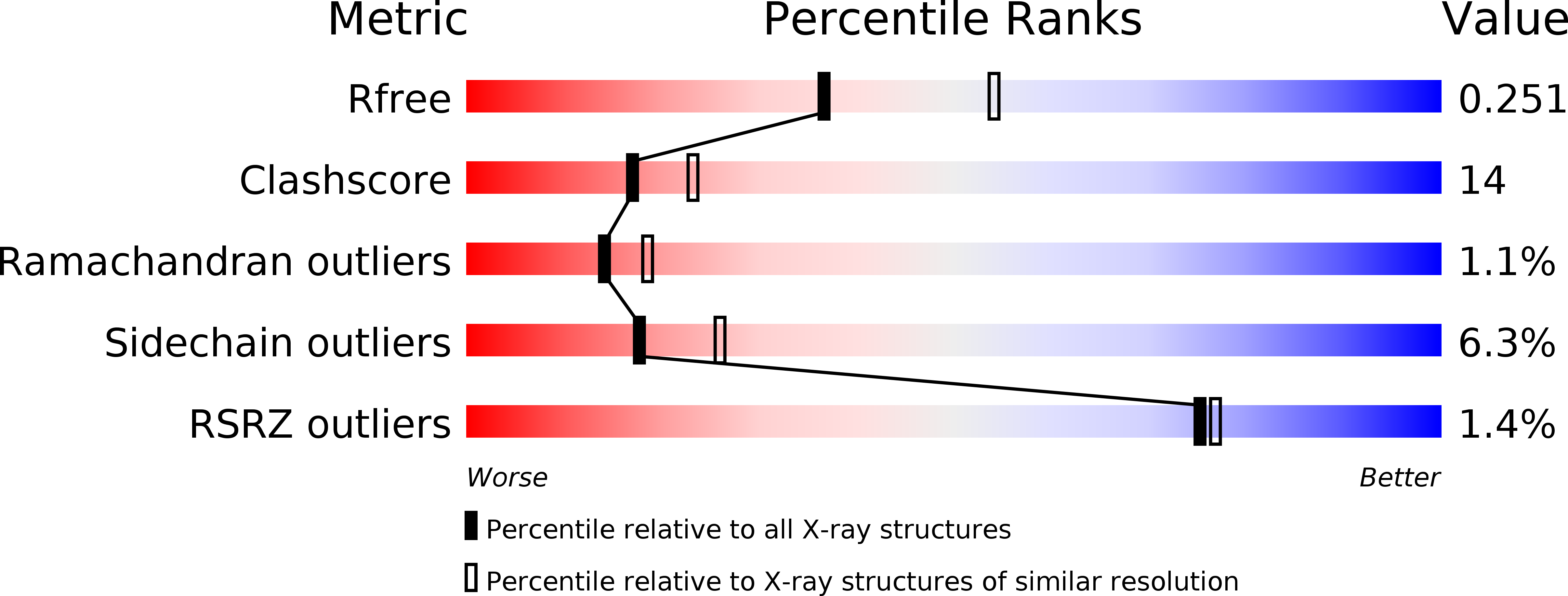
Deposition Date
2009-08-05
Release Date
2009-08-25
Last Version Date
2024-03-20
Entry Detail
PDB ID:
3IJT
Keywords:
Title:
Structural Characterization of SMU.440, a Hypothetical Protein from Streptococcus mutans
Biological Source:
Source Organism:
Streptococcus mutans (Taxon ID: 1309)
Host Organism:
Method Details:
Experimental Method:
Resolution:
2.38 Å
R-Value Free:
0.25
R-Value Work:
0.21
R-Value Observed:
0.21
Space Group:
P 21 21 2


